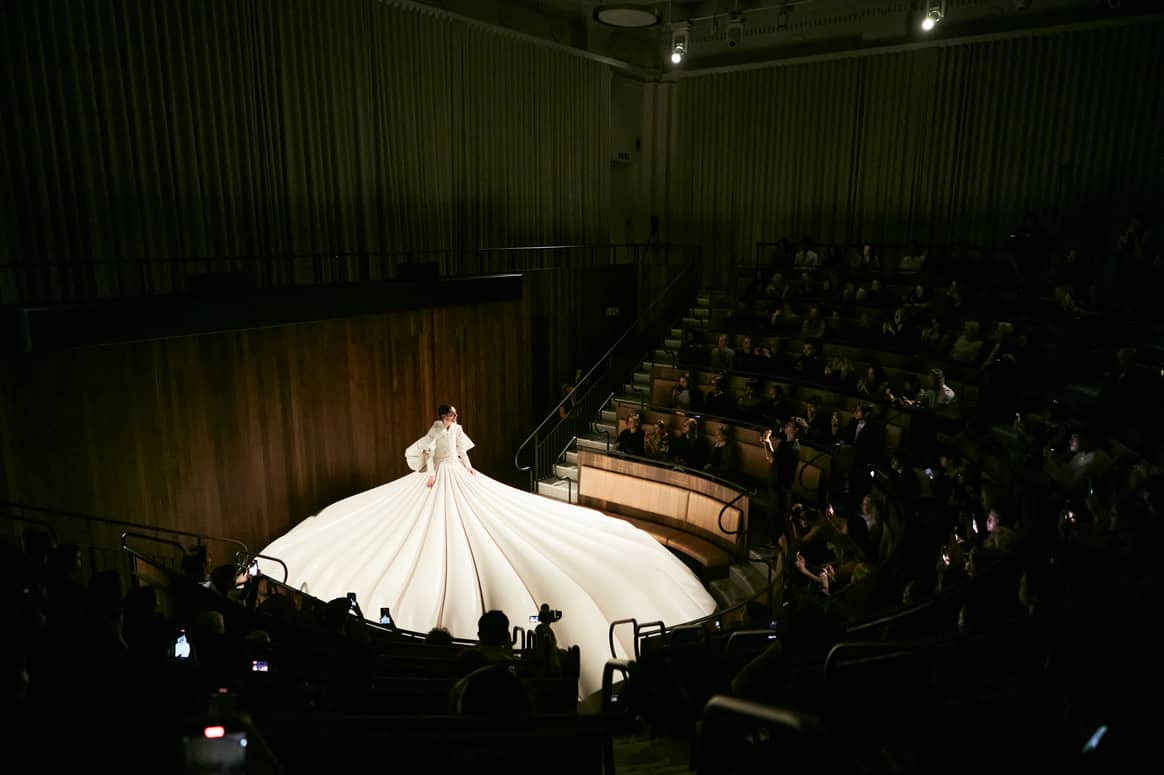Engaged in the clothing industry for 20 years.

In pursuit of wider inclusion, LFW’s menswear season takes on a new form
A year on from the announcement that the British Fashion Council (BFC) was to make a sweeping refresh of its overarching mission, we are now only just beginning to see the emergence of such plans being put into place. This is, in part, due to a reframing of the menswear edition of London Fashion Week (LFW) as a “cultural moment”, a concept that doubles as both an expansion of categories and as a medium of support for the local UK industry.
Under the new banner of LFW June, and in place of shows and presentations, were networking events, panel discussions, in-store shopping opportunities and even running clubs or book clubs, expanding the breadth and reach of the overall fashion week in the hope of opening up possibilities for added category inclusion. At the core of the occasion, however, was an exhibition at the Institute of Contemporary Art (ICA), where select guest curators had been invited to set up displays based on the work of photographers that reflected three chosen cultures: Black culture centred around self-love, South-Asian culture with a focus on pattern, textile and craftsmanship and queer culture, with young trans creatives at the forefront.

The idea behind the event, where looks by designers like Ahluwalia and Labrum were also present, was to put in the spotlight communities that have made a “rich and significant contribution to the British fashion industry”, setting a precedent for the talks, discussions and panels that ensued throughout the weekend, and had notably been opened up to the public for the first time. On Saturday, for example, journalist Kemi Alemoru hosted a panel speaking on “performative activism in the fashion industry” which was later followed by a dinner “celebrating the South Asian impact on British fashion”.
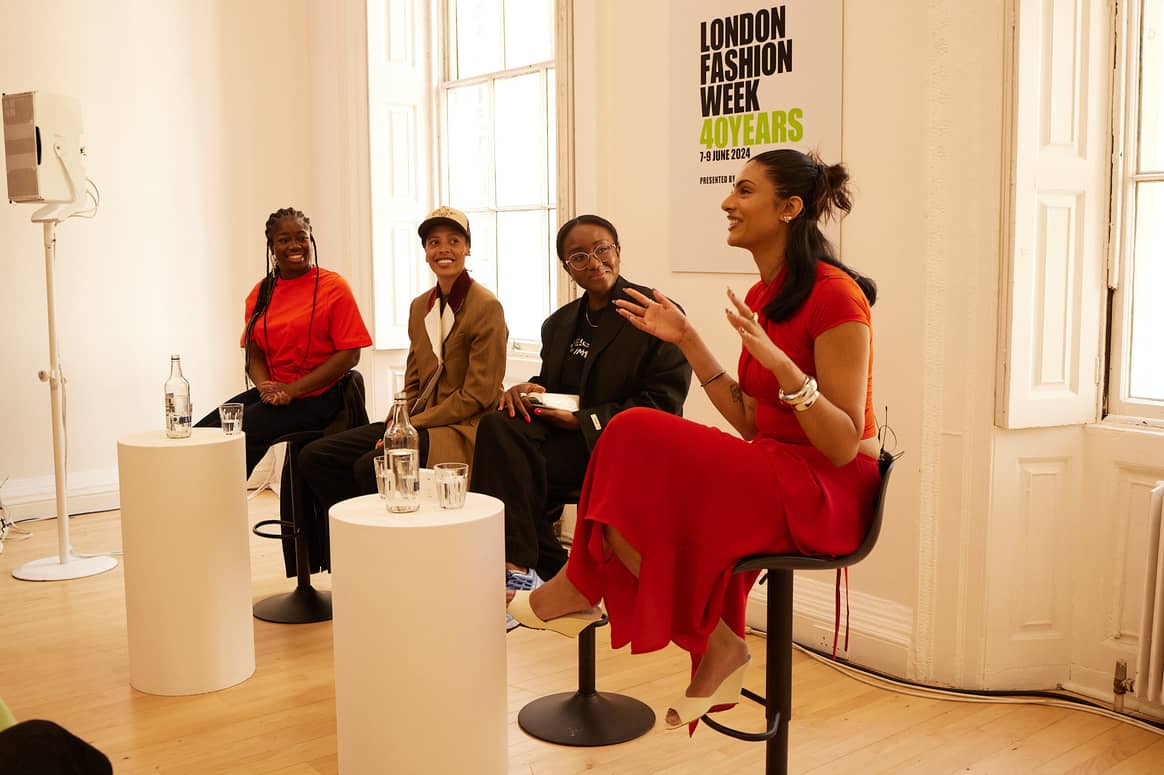
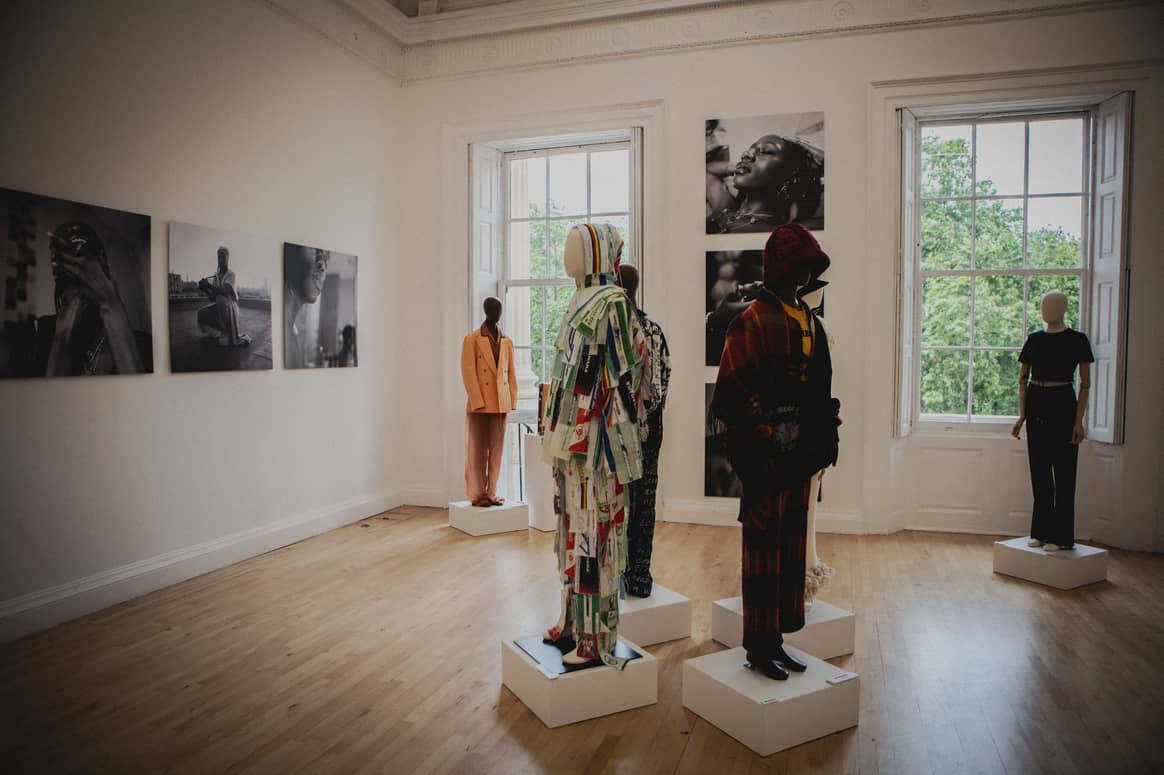
Four menswear brands touch on the idea of recontextualisation
The brand-led shows that did take place were at their minimum, with just four menswear labels on the three-day agenda, spanning June 7 to 9, three of which hosted actual runways; Denzilpatrick, Qasimi and Charles Jeffrey Loverboy, the latter celebrating a 10 year anniversary, while Harri stuck to a presentation format.
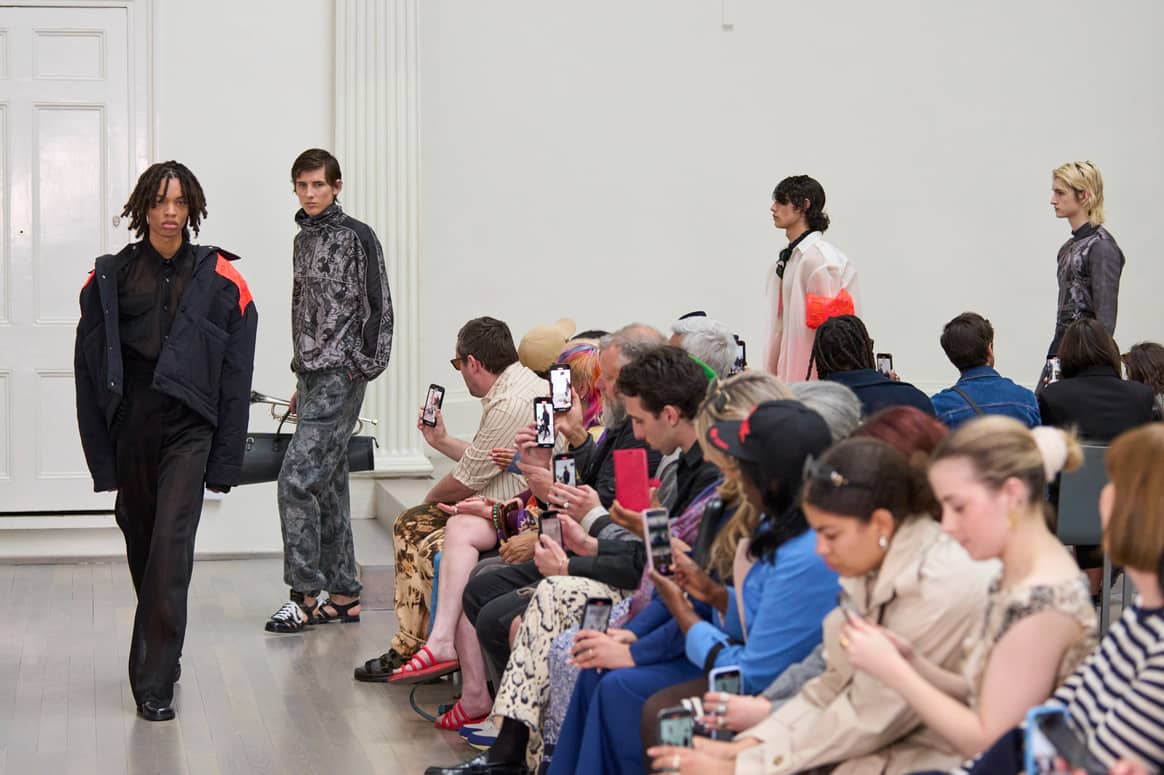
Like LFW as a whole, a sense of recontextualisation was also among the participating designers. For Qasimi, for example, historical monuments and their roles in society were examined through a modern lens, resulting in the formation of fluid and structural silhouettes that symbolised the “ever-changing nature” of such buildings. Charles Jeffrey Loverboy, on the other hand, said it had moved away from its former “narrative-driven approach” to instead dive into the concept of ‘queer time’, centred around queerness as a reflection of time itself and its relations to past, present and future.
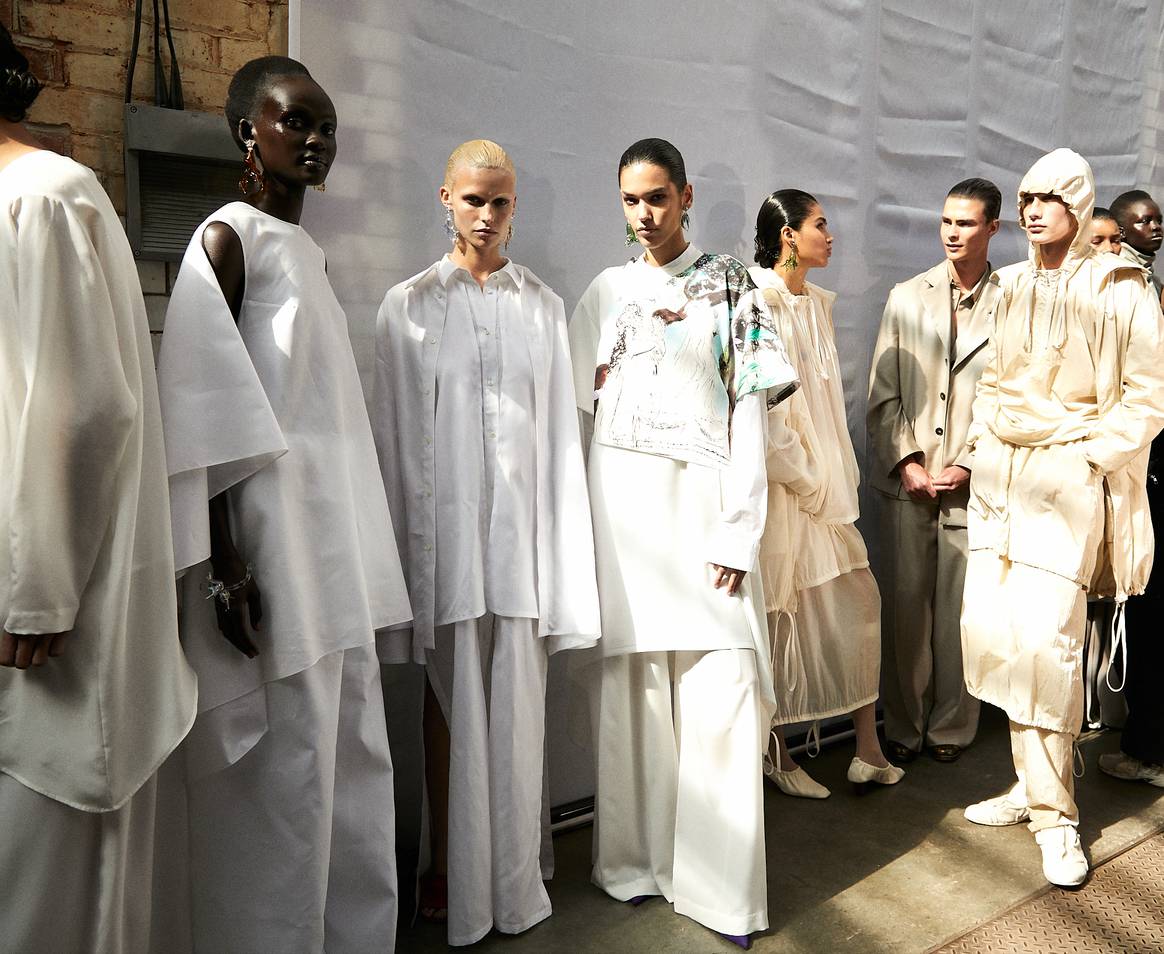
This pared back schedule takes LFW, now celebrating its 40th year, further away from the more bustling atmosphere it once held in the city. Previously operating under the titles ‘London Fashion: Collections’ and later ‘London Fashion Week Men’s’, the event once played host to major British brands like JW Anderson and Wales Bonner, many of whom have since moved on to the arguably more global Milanese and Parisian menswear setups. As a result, the BFC has also seemingly been forced to change its outlook on the men’s category, something that the organisation’s CEO Caroline Rush had been consciously aware of.
Savile Row gets its place in the sun
With this in mind, it was the first edition of LFW in which designers and tailors of London’s famous Savile Row were included on the schedule. This sector of menswear had previously been excluded from the round up, however, it was a category that Rush had touched on the BFC’s transition plan, with discussions having said to be in place to incorporate such businesses into the council’s overarching support system. While Russell & Bromley held an exclusive in-store shopping event, Gieves & Hawkes hosted Summer Drinks and Clothsurgeon presented its own take on a “Contemporary Lens”.
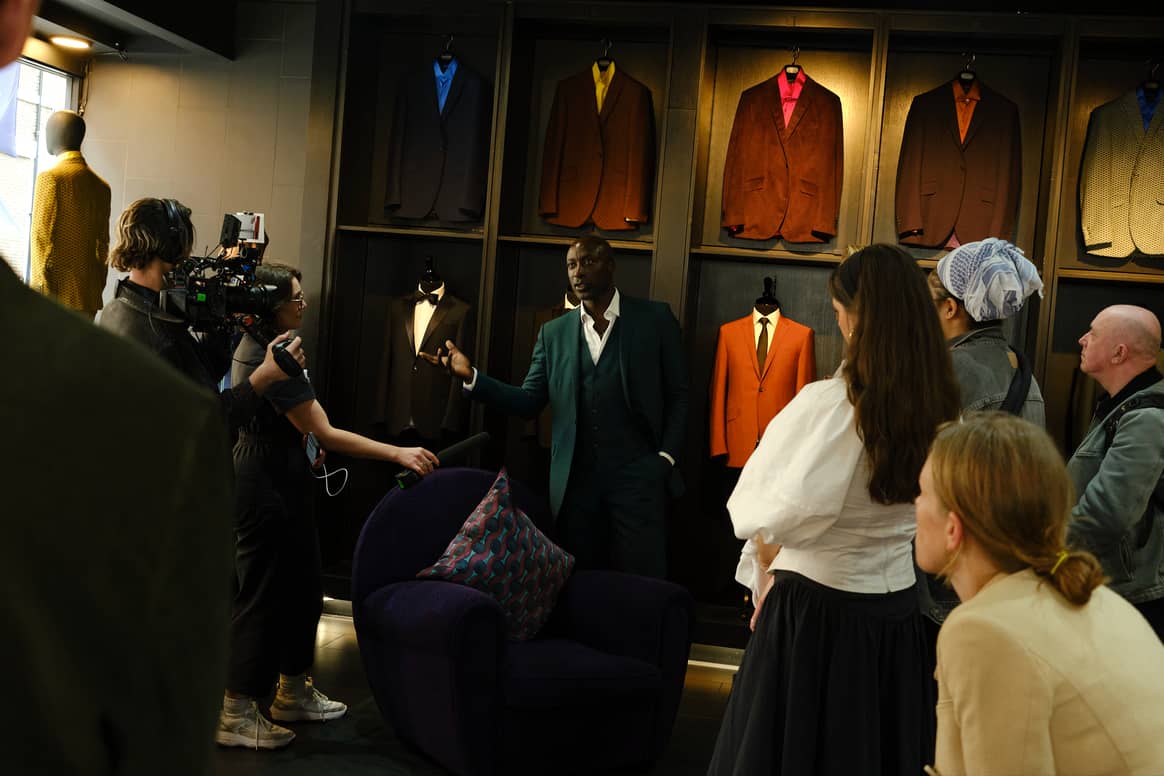
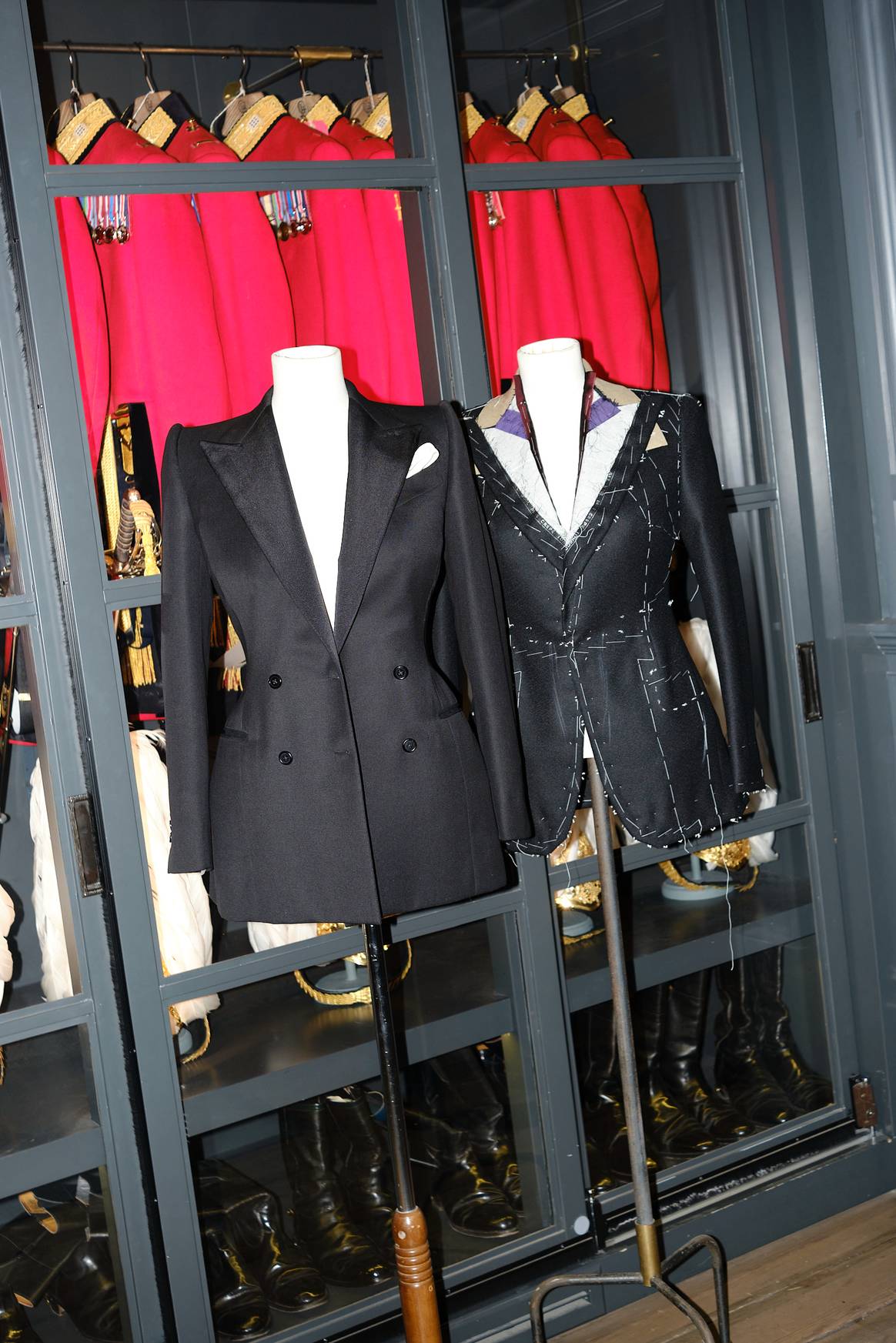
The inclusion of these brands marked a potential turning point in where menswear businesses stand in terms of perspective within London’s fashion scene, recognising the city’s historic relationship with tailoring. This, however, did not mean that new, emerging names were left out of consideration. On the final day of LFW, a showcase of fresh menswear names, including Derrick, Kyle Ho and Roker, were brought to Groucho Club in a further attempt to bolster local designers, reaffirming BFC chairman David Pemsel’s stance on establishing the BFC as a “catalyst for change”.
Next to Rush, Pemsel is another to have made his views on the council’s position in the UK known, setting out to reestablish the organisation more as a platform that funnels support into local designers and brands in order to revive the country’s industry and uplift the next generation of talent. Ahead of the UK’s upcoming general election, Pemsel publicly called on the government to issue greater investments into LFW through, among other things, the backing of international visitor programmes and supporting educational initiatives aimed at building a more localised fashion workforce.
It’s a mindset mirroring that of New York’s own battle with fashion week relevance, where a mission to bring the production industry closer to home has already been underway in recent years. It brings into question whether the BFC also hopes to push for such a feat and, if so, could the face of LFW continue to drastically change in the future? With London’s January menswear fashion week no longer on the cards – another shift under the Rush-Pemsel rejig – we will likely have to wait another year to find out what is next in the way of evolution.
